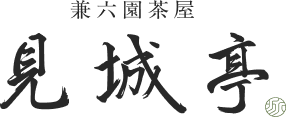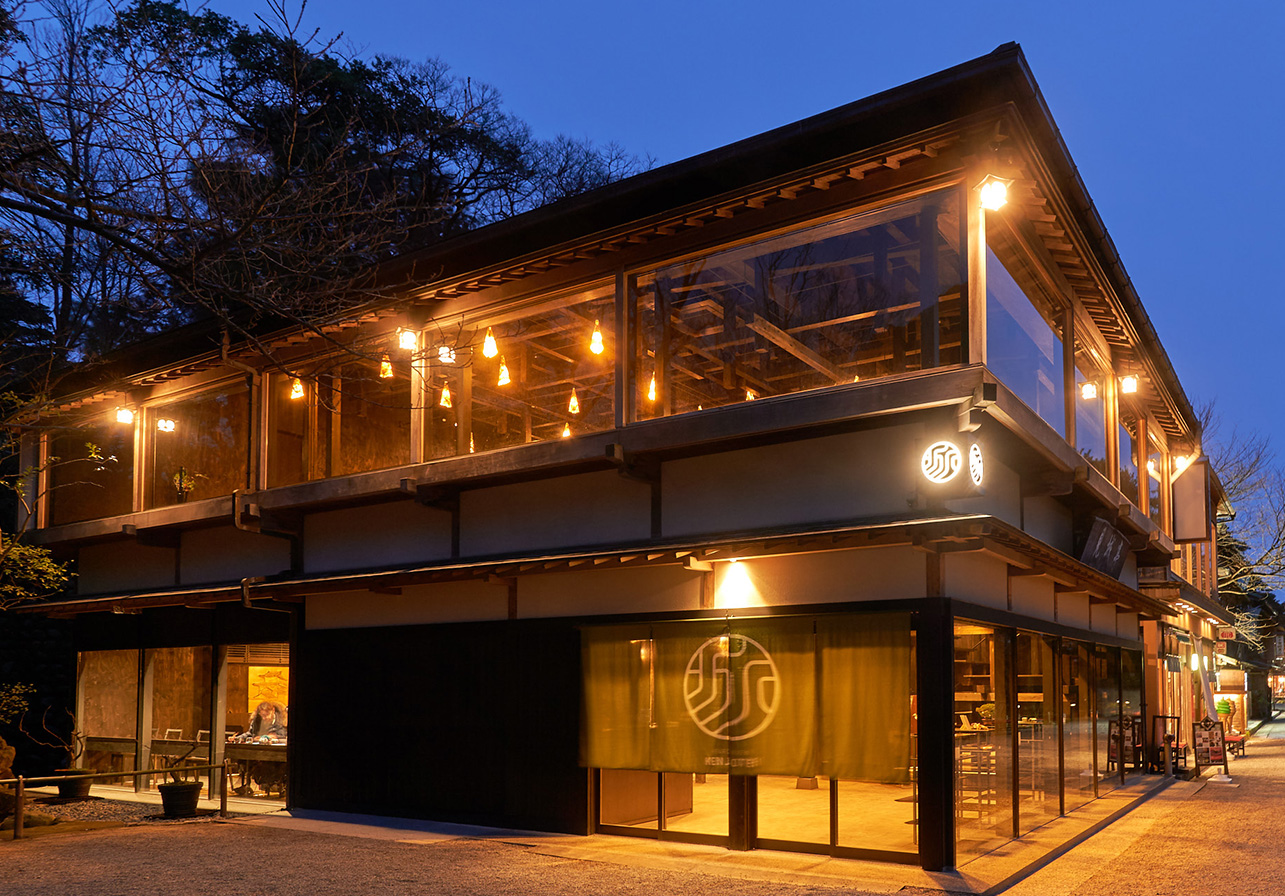
The Architecture of Kenjotei
Gorgeous Architecture by Kengo Kuma
The Kenjotei building was renovated with the traditional wood joinery techniques used by folk houses in the Hokuriku region to withstand the heavy snows of winter, creating a vast, open space without sacrificing structural strength. A new space with a vaulted ceiling was placed facing Edomachi-dori, in the hopes of subtly drawing visitors in by blurring boundaries and sharing the liveliness inside. The interior’s subdued color palette, with its dark floors, walls, and ceilings, evokes the samurai residences that once stood in this neighborhood, for an atmosphere that is at once impressive and welcoming.
The building makes use of various traditional Ishikawa industries and crafts, such as the noren curtain fabric and gold leaf on lighting, along with modern technologies like carbon fiber rods for roof truss reinforcement.
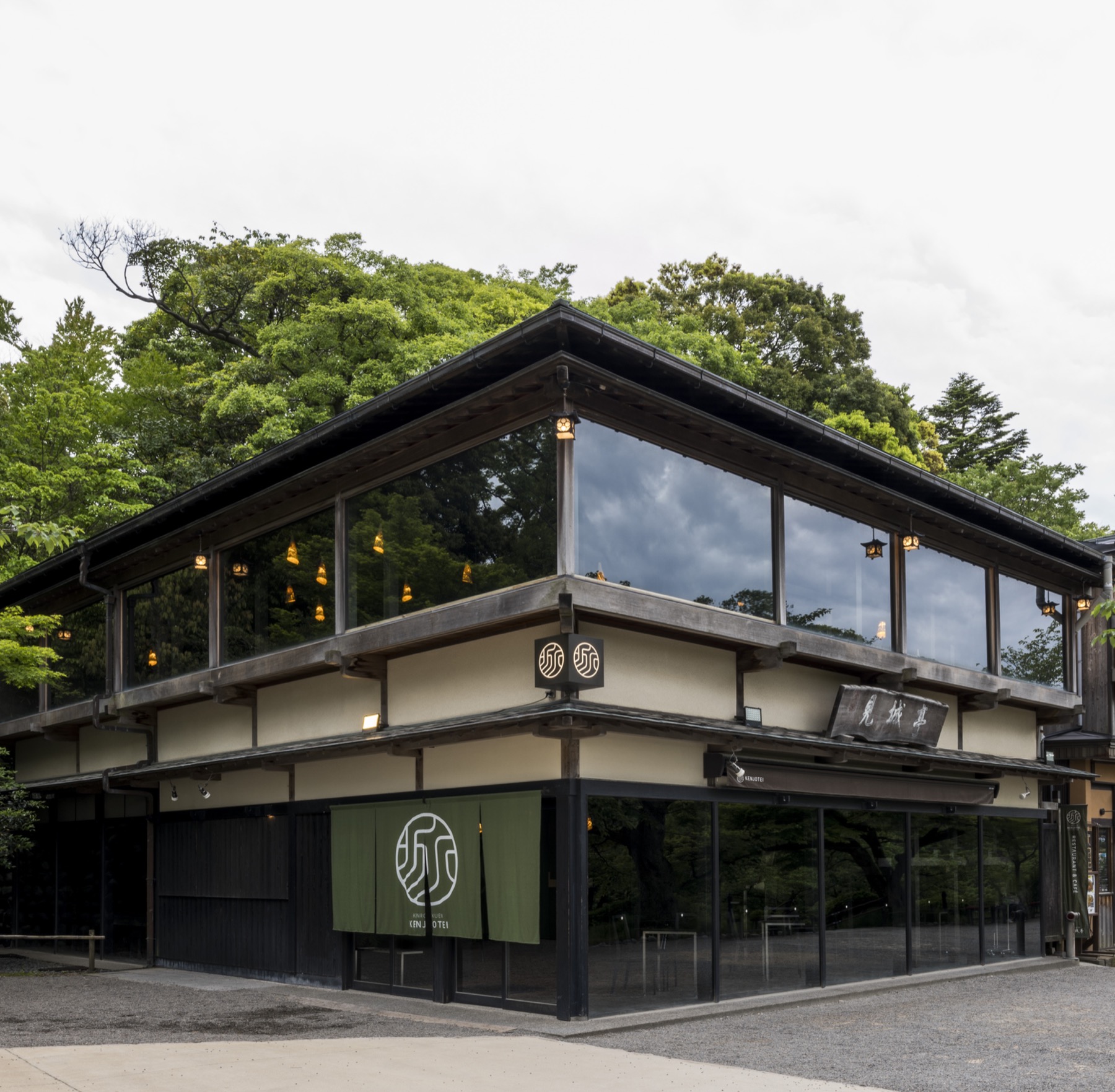

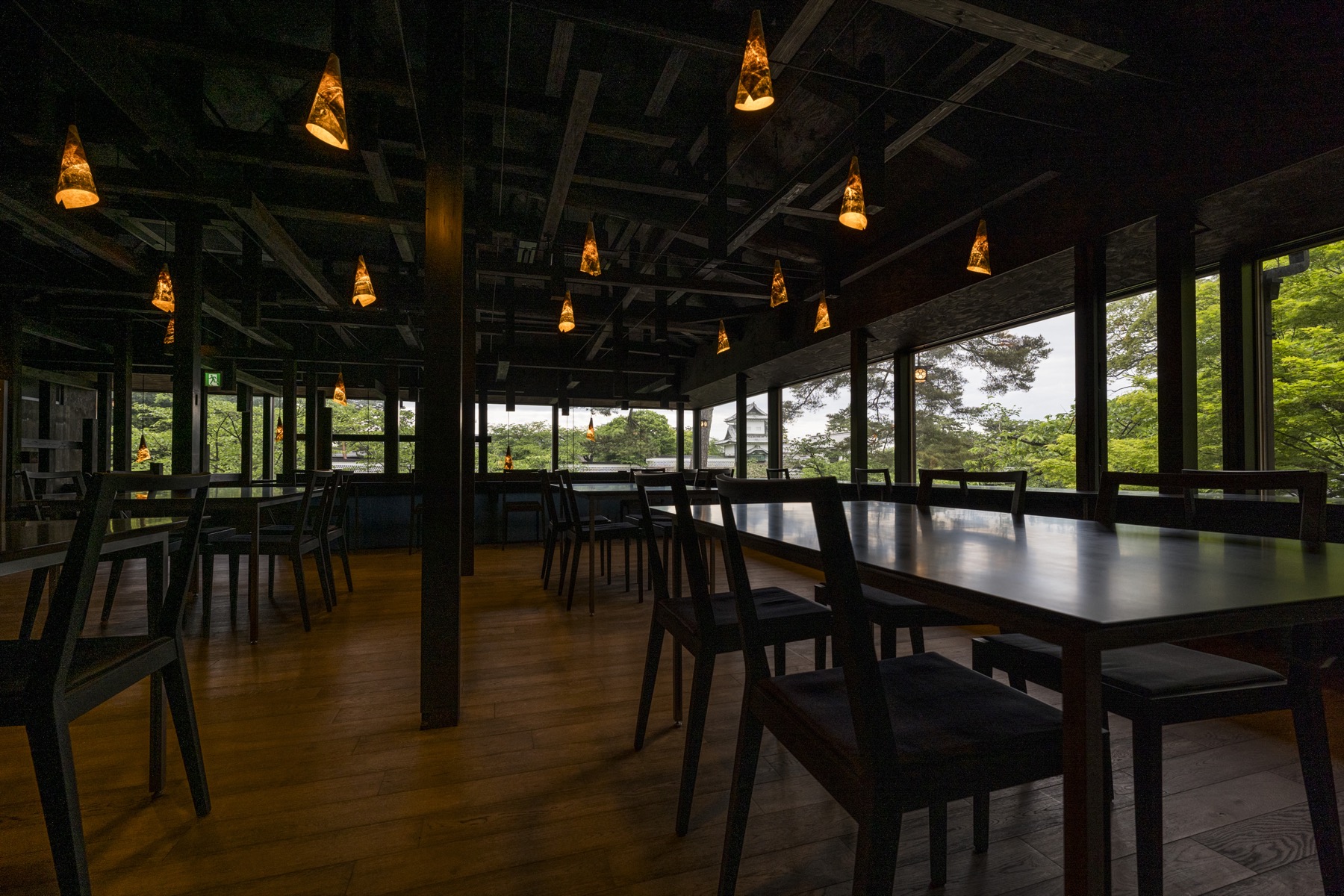
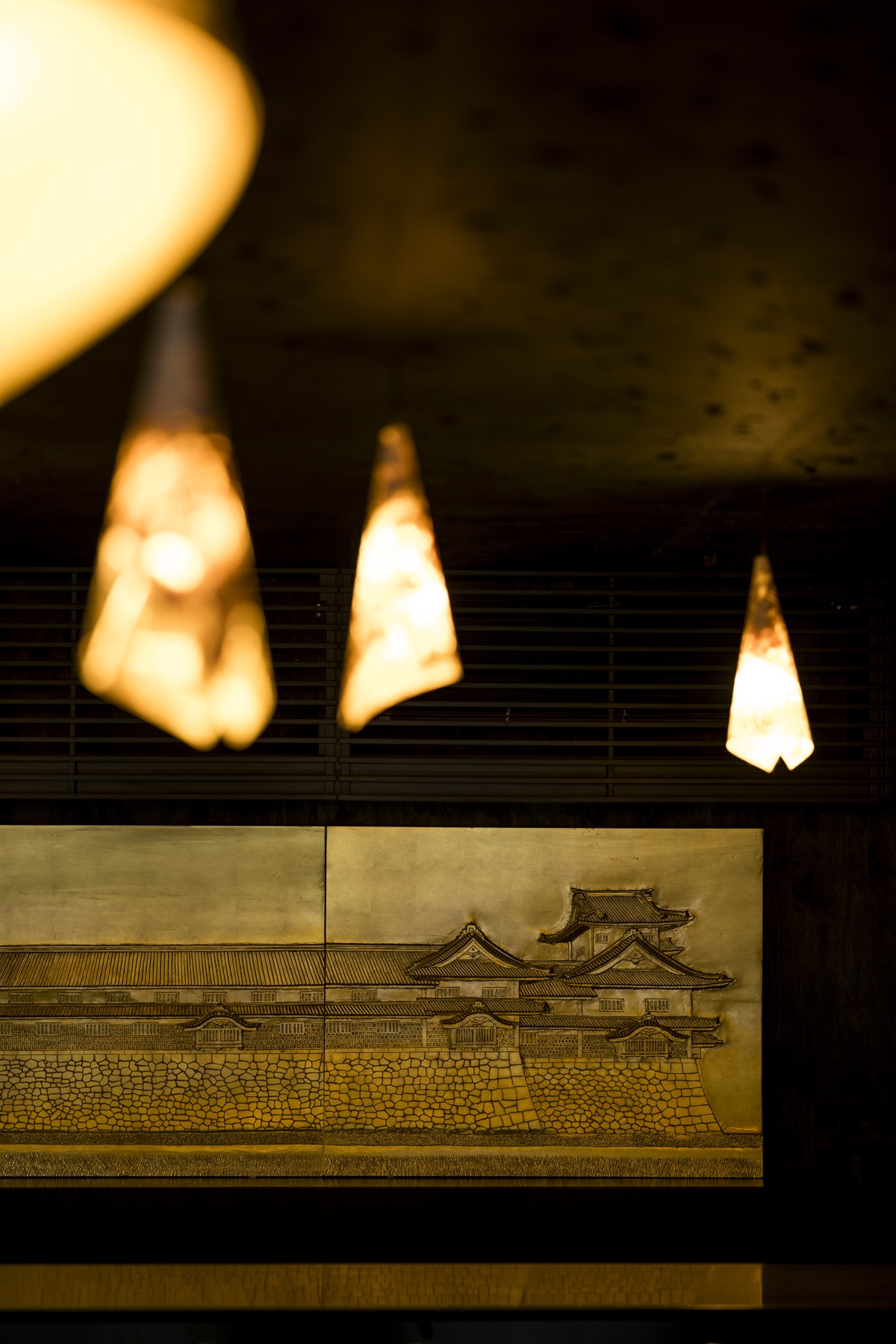

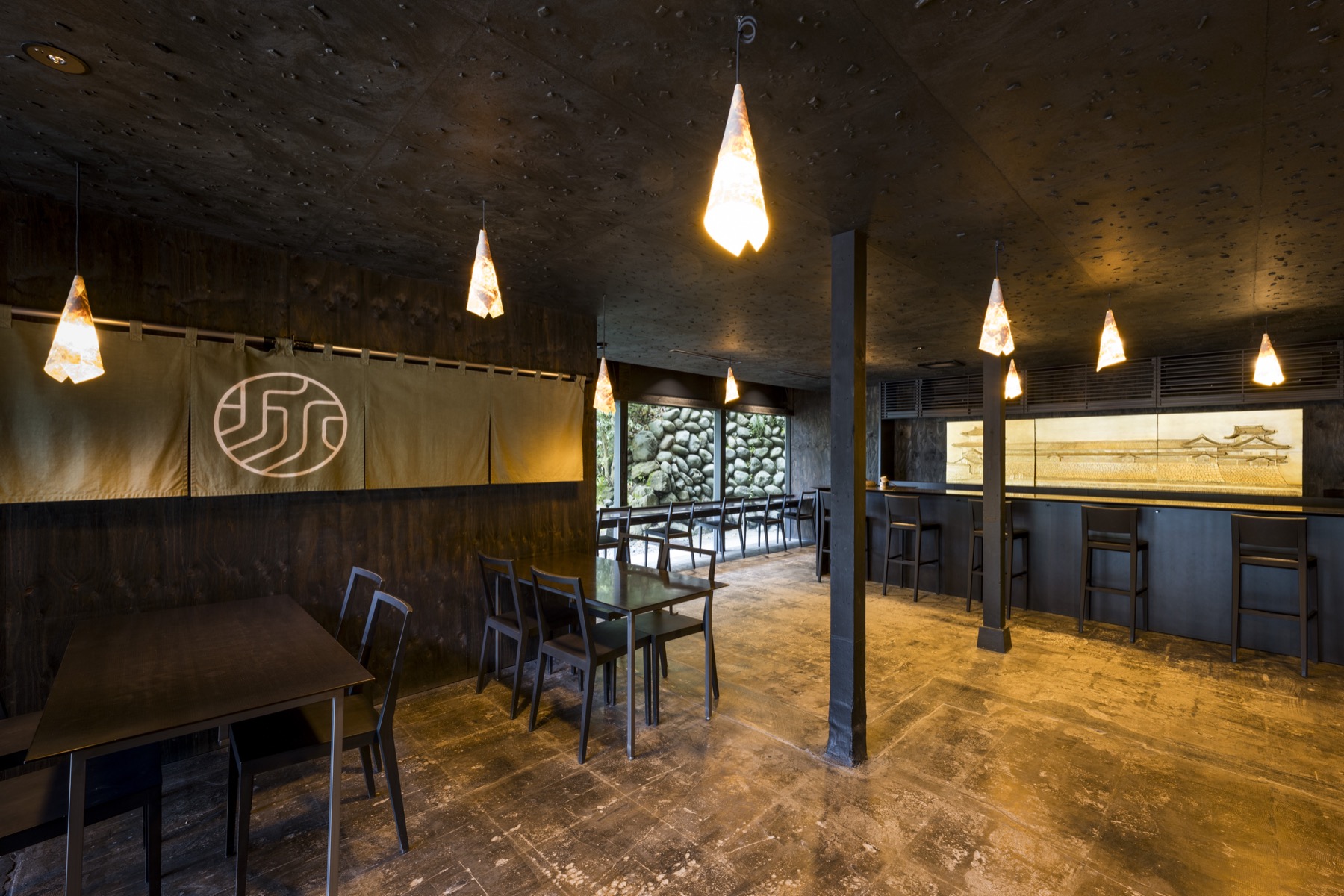
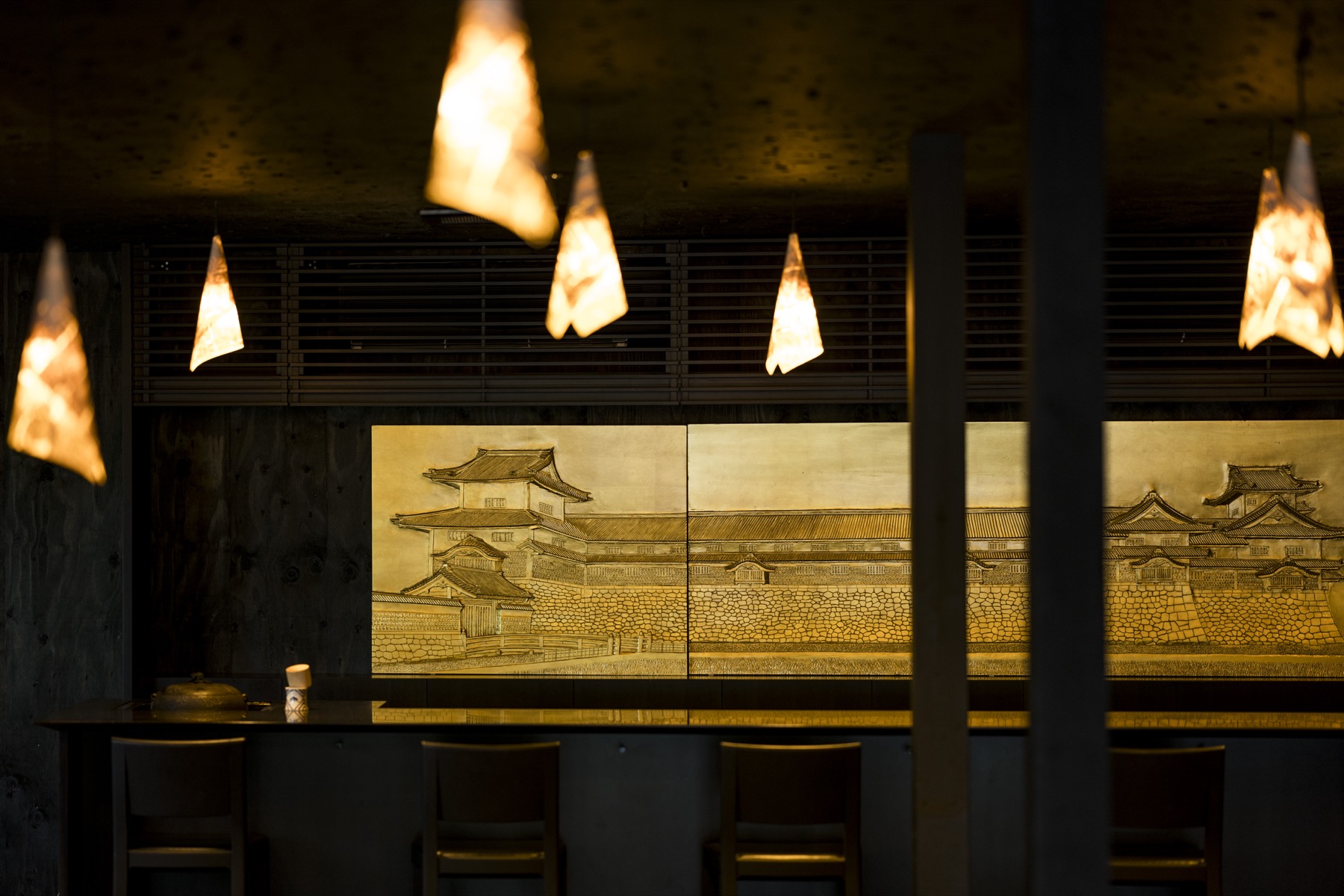

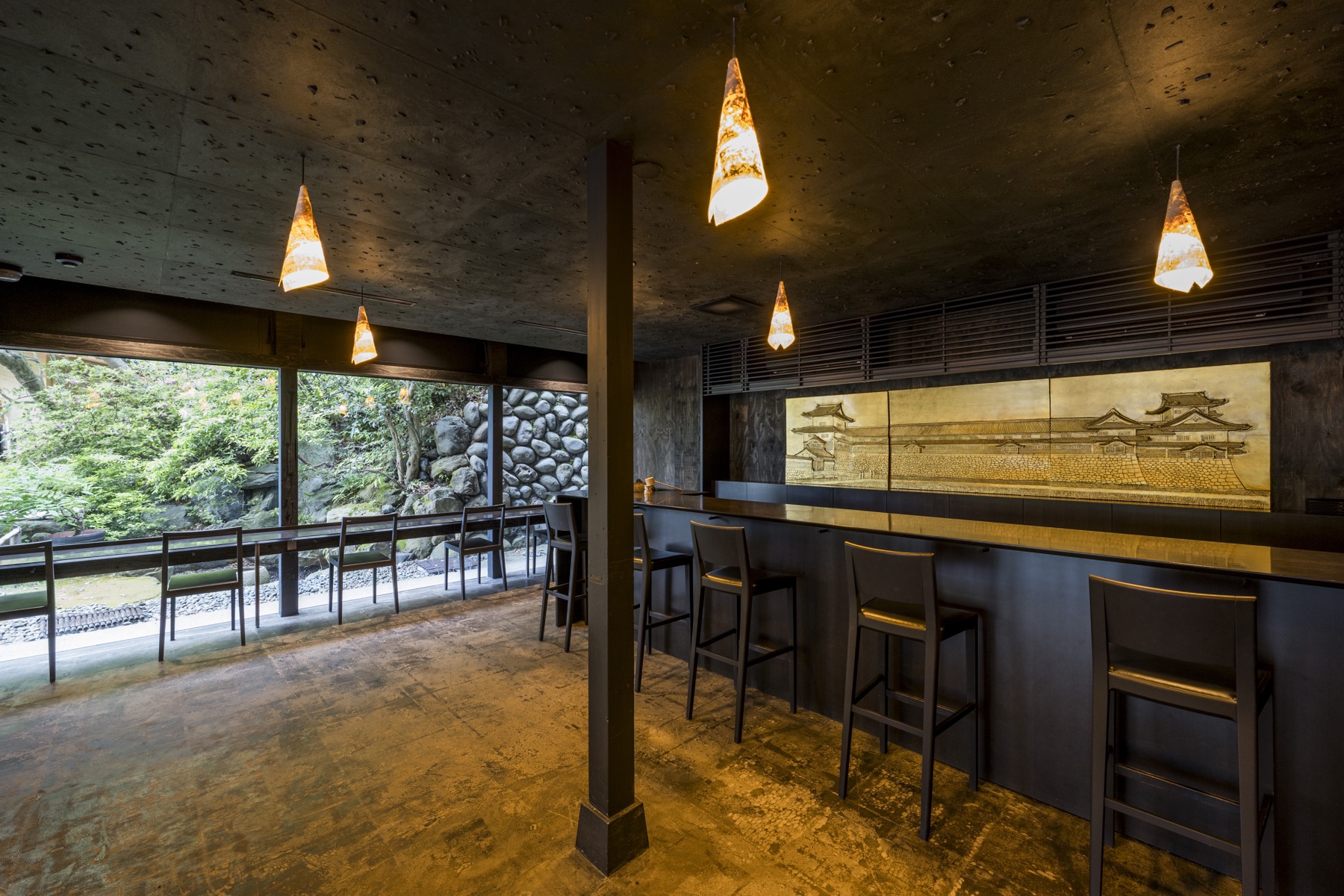
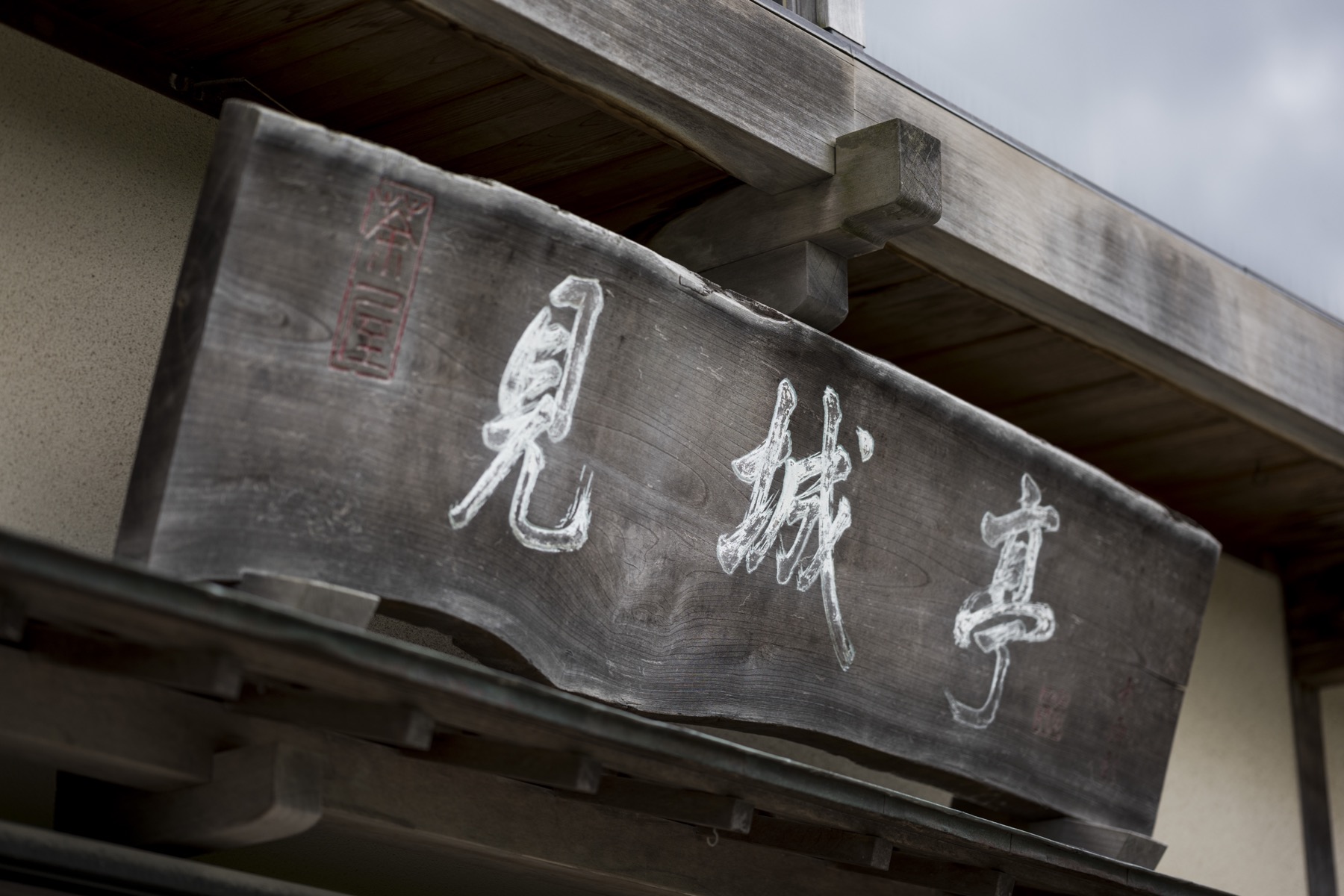

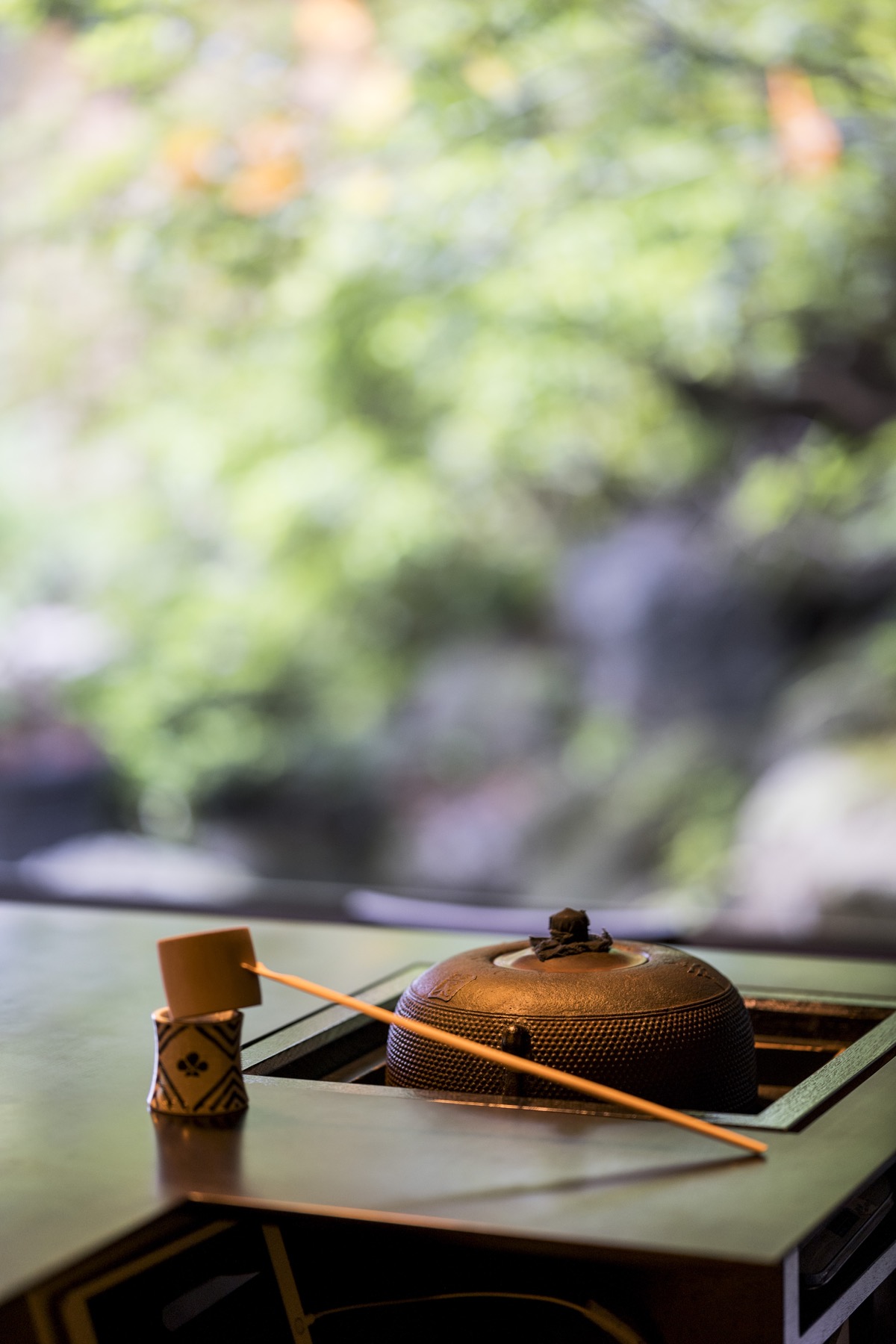
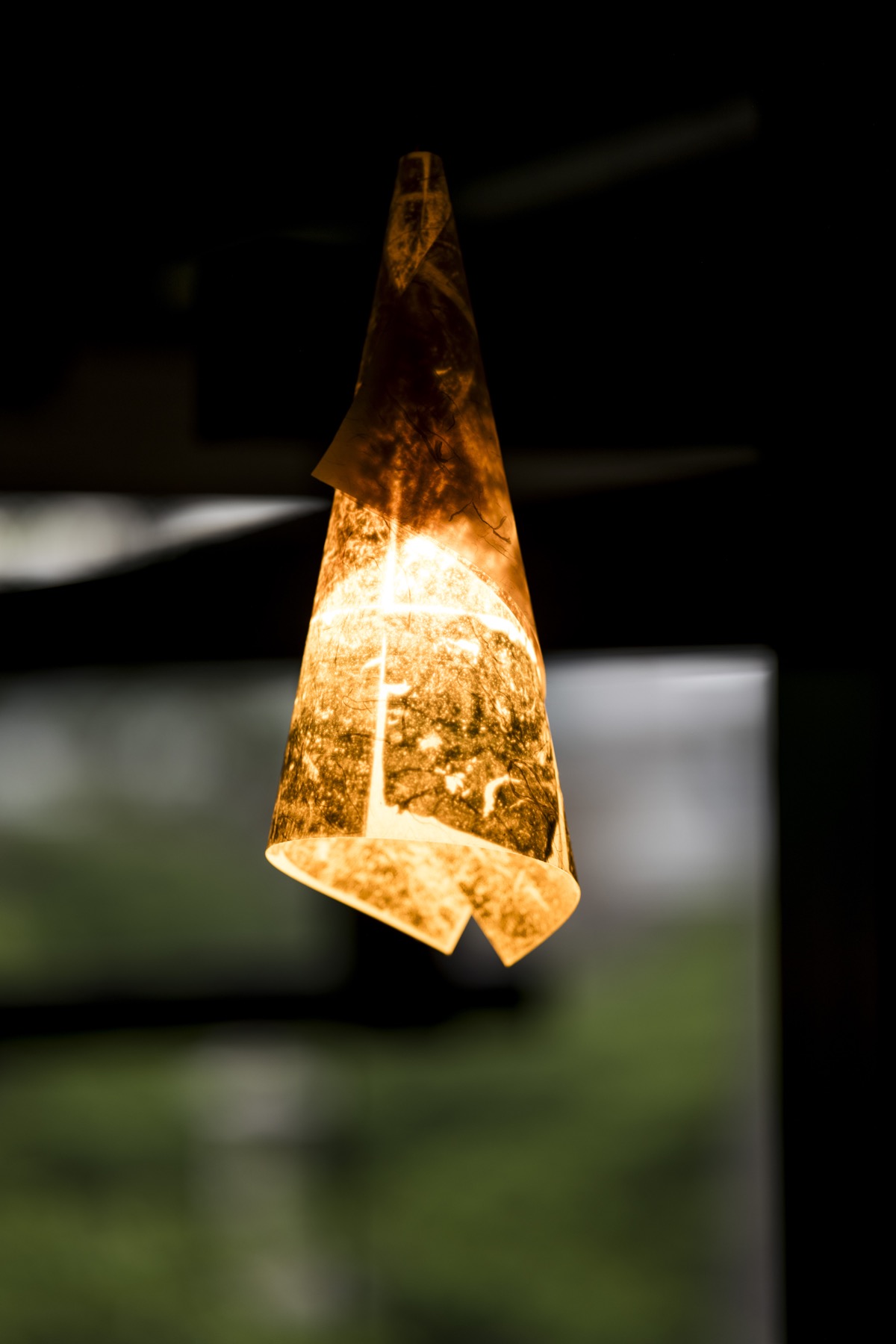
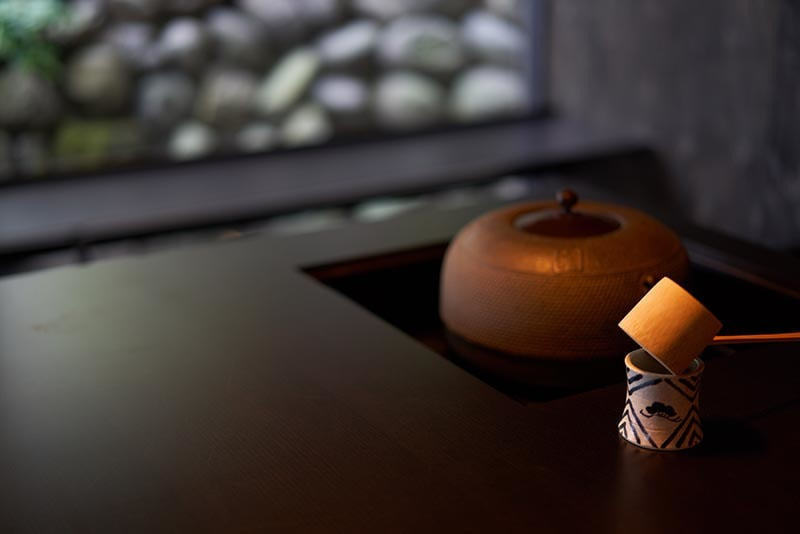
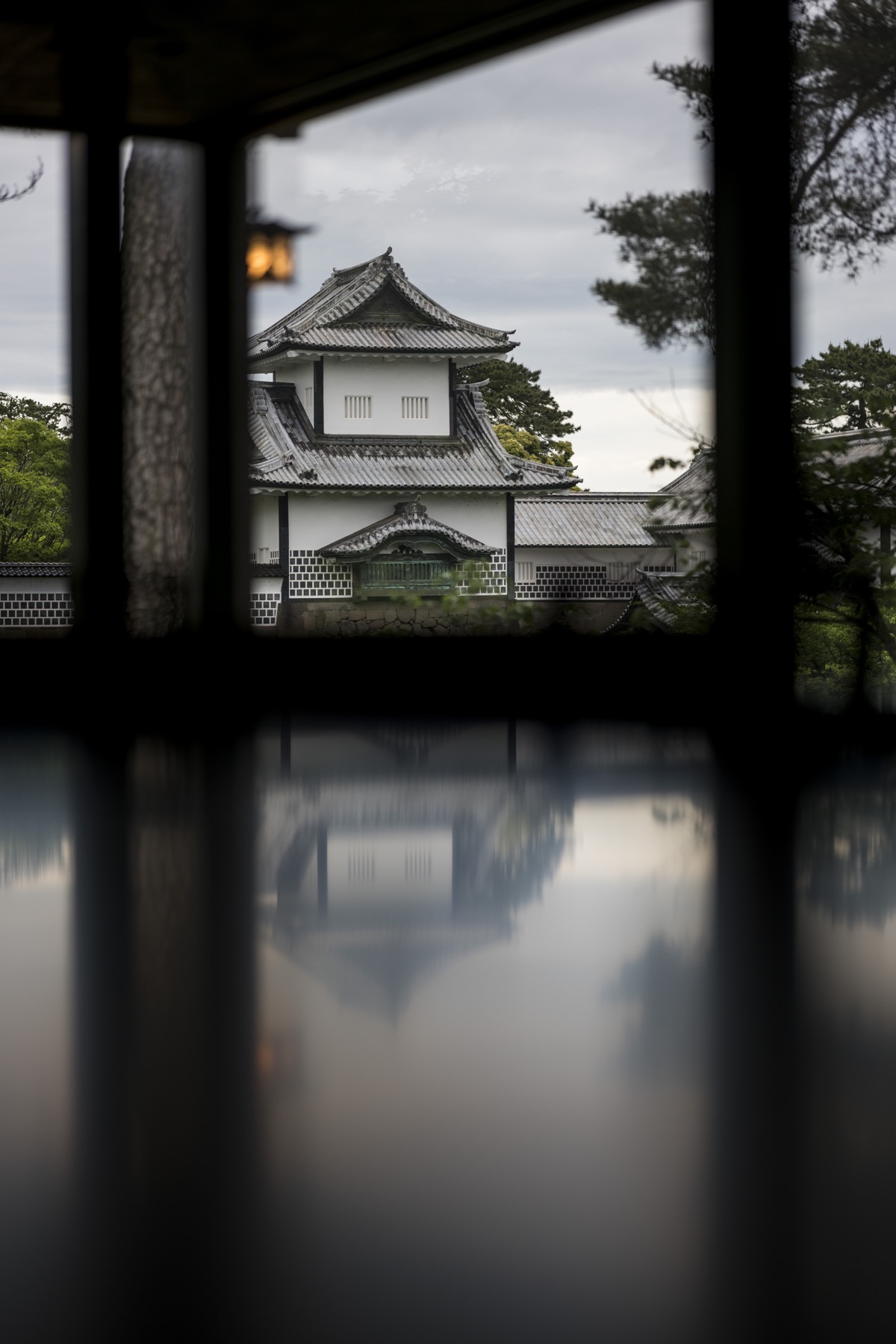
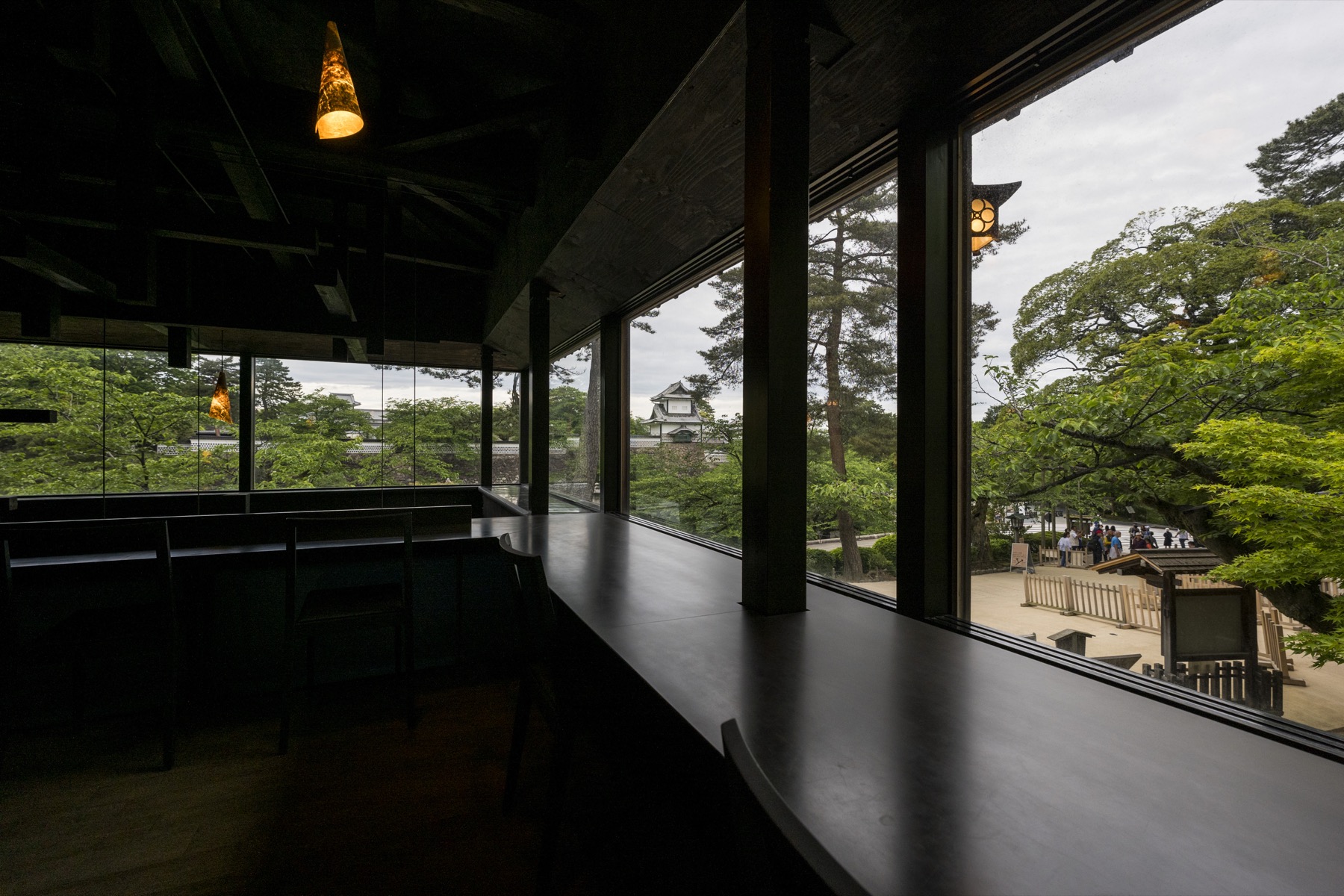
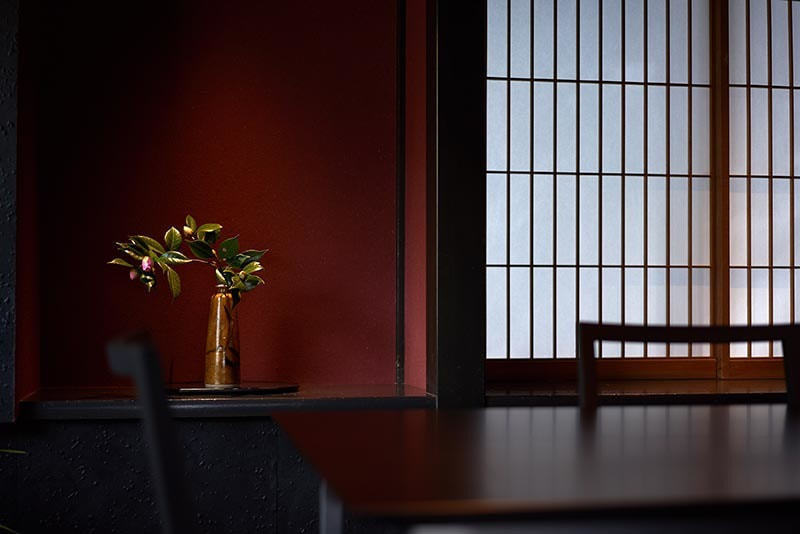

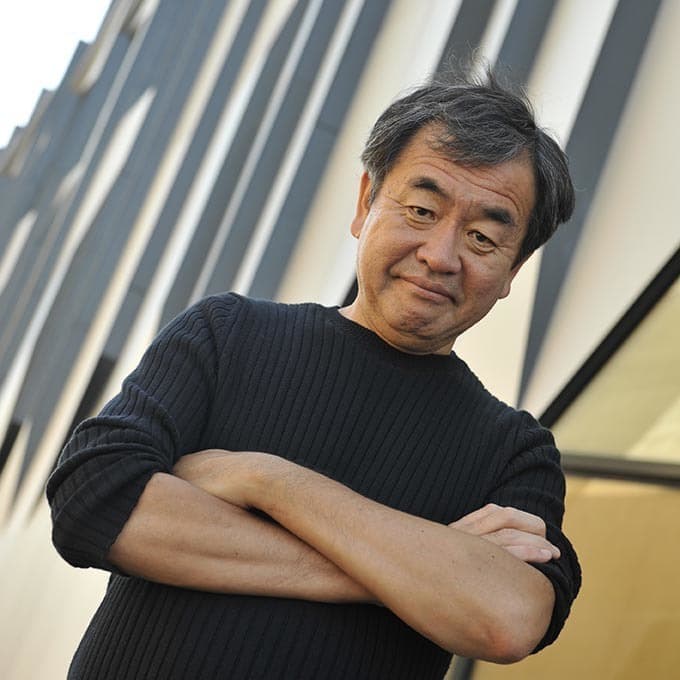
Photo © J.C. Carbonne
Kengo Kuma, Architect
Architect and professor at the University of Tokyo. Born in 1954. Graduated from the University of Tokyo Graduate School of Engineering in 1979, with a master’s degree in architecture. Established Kengo Kuma & Associates in 1990. Worked as a professor at Keio University before taking his current position in 2009. Kuma received the Architectural Institute of Japan award for Noh Stage in the Forest in 1997, and the Mainichi Art Award for the Nezu Museum in 2010, among many other forms of recognition both in Japan and internationally. His more recent work includes the Suntory Museum of Art, the Asakusa Culture Tourist Information Center, Aôre Nagaoka, the Kabukiza Theatre, the Besançon Art Center and Cité de la Musique, the FRAC Marseille, and V&A Dundee, with more projects underway around the world. He also played a role in the design of the Japan National Stadium. His published literary works include Shizen na Kenchiku (Natural Architecture) (Iwanami Shinsho); Chisana Kenchiku (Iwanami Shinsho); Kenchikuka, Hashiru (Shinchosha); Boku no Basho (My Place) (Daiwa Shobo); Hiroba (All About “Public Spaces” in Japan) (Tankosha); and Basho Genron (Place Principles) I and II.
